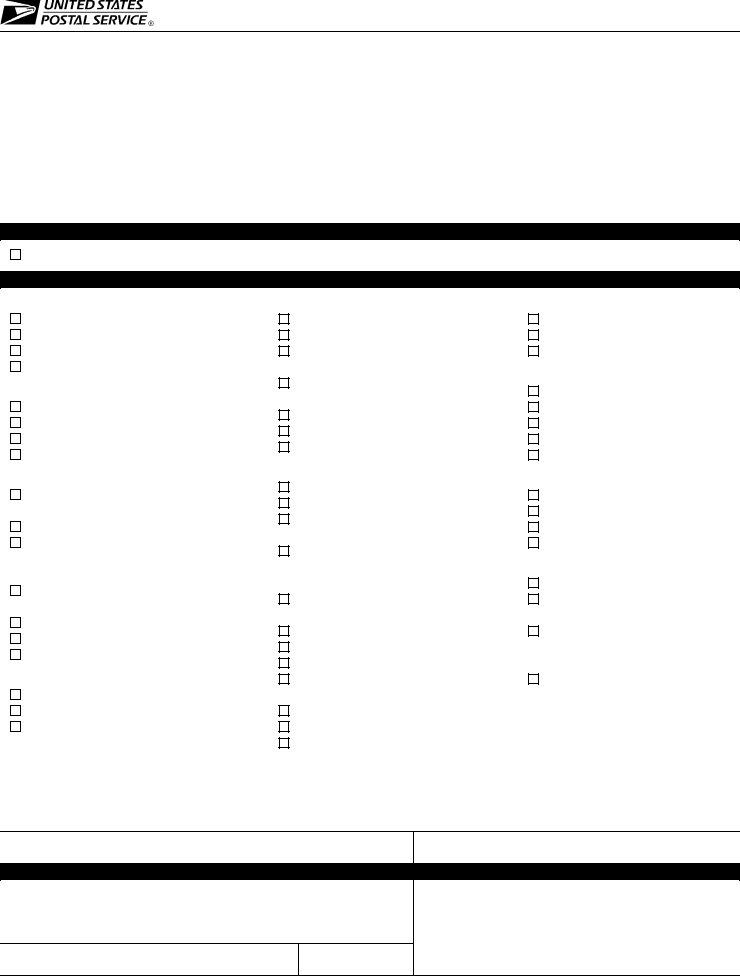In the interest of maintaining high standards of road safety and professional driving practices, the Driver Observation Form serves as a crucial tool in identifying and rectifying driving behaviors that may lead to accidents. This form, integral to fostering a culture of safety and responsibility on the roads, is designed to provide constructive feedback to drivers on their driving practices, with the ultimate goal of preventing accidents before they happen. Observations are to be conducted with a positive and beneficial approach, emphasizing the importance of addressing any driving practices that need improvement promptly. Moreover, the form mandates regular observations—at least twice a year for all drivers, with additional specific intervals for probationary drivers—to ensure continuous monitoring and reinforcement of professional driving standards. The detailed guidelines included in the form cover a wide range of driving practices, from the correct way to start a vehicle to the nuances of handling diverse traffic situations, ensuring drivers are well-equipped to navigate the roads safely and efficiently. It also outlines the steps for taking official action if necessary, in accordance with National Agreements, underscoring the form's role in upholding a high level of driving performance across the board.
| Question | Answer |
|---|---|
| Form Name | Driver Observation Form |
| Form Length | 1 pages |
| Fillable? | No |
| Fillable fields | 0 |
| Avg. time to fill out | 15 sec |
| Other names | postal 4584 form, ps form observation, form observation driving, postal form 4584 |

Observation of Driving Practices
Instructions
This form, when used correctly, can aid in the elimination of driving prac- tices which cause accidents. All driving practices needing improvement and noted below should be discussed with the driver as soon as possible after the observation. Because the primary purpose of conducting observa- tions is to improve driving practices before they result in accidents, discus- sions with drivers must be positive in nature and include the benefits to be gained from improving driving practices. If a driving observation is deter-
mined to require official action, such action will be in accordance with the terms of the National Agreements. To enforce a high standard of profes- sional driving performance, all drivers must be observed at least twice a year, and at other times when appropriate. For probationary drivers this form must be completed at
Name of Driver and Employee ID Number |
Time of Observation |
|
Date of Observation |
|
From |
To |
|
|
|
|
|
Location of Observation |
Vehicle Type |
Vehicle No. |
Sta/Br/Ofc |
|
|
|
|
A. Professional Driving Practices Demonstrated
During this observation, the driver exhibited safe and professional driving practices, and is to be commended.
B. Driving Practices to Be Improved
STARTING
Fasten seat belt and/or close door Give proper signal when leaving curb Look back to check traffic
Wait for suitable gap in traffic
STEERING AND LANE USEAGE
HIGHWAY/FREEWAY
Enter at speed of traffic flow
Signal prior to merging
Select entry gap which minimizes interference with others
Periodically observe vehicles in adjacent lanes
TURNING
Approach in proper lane
Signal at least 100 feet in advance
Turn into proper lane
PARKING
Signal intentions
Keep both hands on wheel
Keep vehicle in center of lane
Stay to right of center line
Stay in one lane as much as possible
LANE CHANGING
Check for vehicles approaching in intended lane
Signal lane change
Frequently check rear/side mirrors
Signal exit intentions well in advance
Exit at posted speed
PASSING
Allow sufficient space in which to pass
Signal to pull out or back in
Pass where legal (not on hills, curves, intersections, no passing zones)
Curb wheels
Set parkgear and handbrake
Turn off ignition
Lock vehicle
BACKING
Avoid backing whenever possible
Look behind vehicle
Physically turn around while backing
Change lane so as not to be in another driver’s |
Provide 2 seconds following distance to |
Back slowly |
|
blind spot |
|
||
vehicle being passed before pulling back in |
|
||
|
ATTENTION TO PEDESTRIANS |
||
SPEED AND FOLLOWING DISTANCE |
|
||
STOPPING AND INTERSECTIONS |
Yield |
||
Maintain speed of traffic flow not to |
|||
Reduce speed at uncontrolled or |
Reduce speed when pedestrian |
||
exceed posted speed |
|||
approaches roadway |
|||
|
|||
Adhere to posted speeds in curves |
Observe traffic controls |
Tap horn to alert bicyclist, occupant |
|
Maintain |
|||
Decelerate gradually when stopping |
in parked vehicle, or pedestrian |
||
|
|||
Slow down or change lanes when tailgated |
near roadway |
||
Check mirror for following traffic |
|||
|
|
||
RESPONSIVENESS TO WEATHER |
Tap brake or give hand signal if being |
Reduce speed when children |
|
Increase following distance to 3 seconds |
followed too closely |
observed near schools, parks, or |
|
|
residential areas |
||
Reduce speed well in advance of intersections |
Stop before crosswalk or line |
||
|
|||
Reduce speed overall during adverse weather |
Look left, right, and left |
|
|
conditions |
Yield to cross traffic |
|
|
|
|
||
|
|
|
|
Comments |
|
|
Title of Observer
Signature
C. To Be Completed By Driver’s Immediate Supervisor
Action Taken
Signature
Date
Original 1 — PEDC Manager
2 — To Driver
3 — To Driver’s Immediate Supervisor
4 — To Local Safety Manager (If a probationary driver, attach to Form 1750 and forward to the designated postal official instead of the safety manager.)
PS Form 4584, August 1984